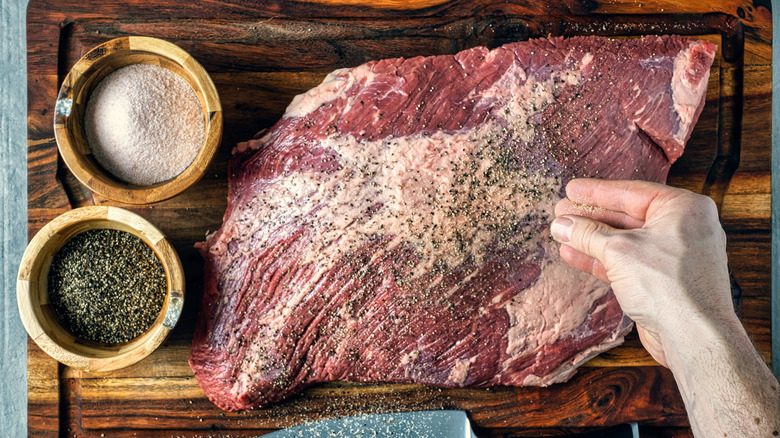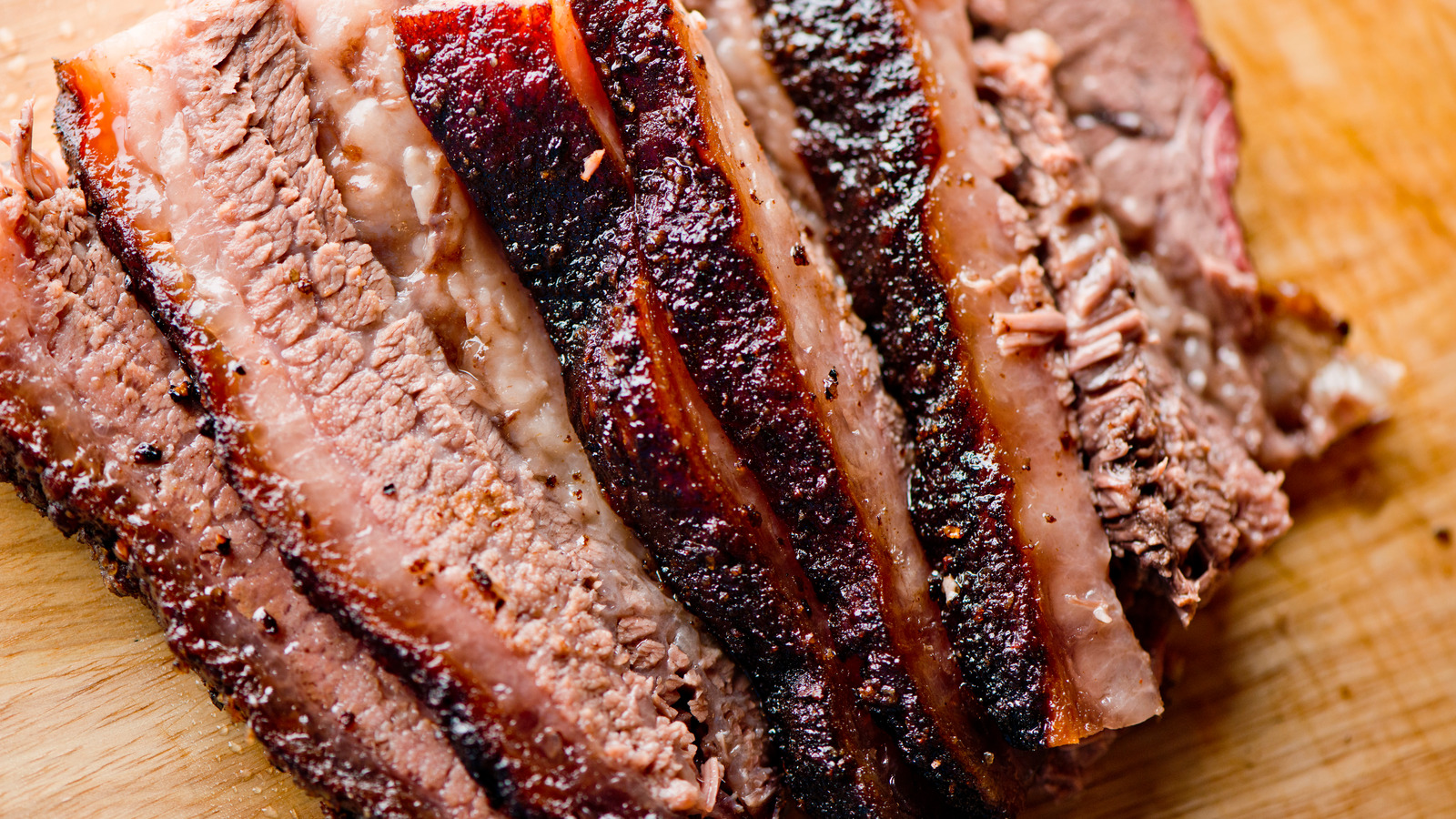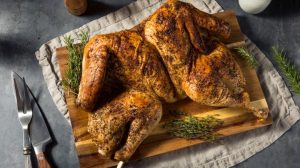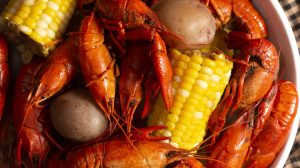Briskets can be pretty intimidating if you’re just starting out. You’ve just dropped a pretty penny on a quality piece of meat, and now the difference between a bite that melts like butter and a tough slab to chew on is you. Now, there are other factors that are going to play a more significant role in how your barbecue beauty turns out, like the temperature of your smoker, but don’t sleep on the rub.
Classic Texas barbecue brisket is famous for emphasizing the flavor of the meat itself through simple, light rubs. The method of choice for this approach is a straightforward salt and pepper rub. For best results, use kosher salt and 16-mesh ground black pepper (mesh is the measure of how coarse the pepper granules are).
The easiest way to do this will be equal parts salt and pepper, but, if you’re ready to up your game, apply more salt to areas with higher fat and more pepper to areas with lower fat. You don’t have to create separate rubs; just go back over those areas once you’ve applied the initial layer with a little extra of whatever you need. To minimize cross-contamination, remember to use one hand to move the meat and apply the rub while using the other hand to pour the salt and pepper onto your brisket.
The ins and outs of brisket rub

The important thing to remember about your rub is that the salt is going to draw out moisture from your meat. If you’re familiar with brisket at all, you know that the biggest mistakes for the chef involve not keeping the brisket moist. So what gives? Well, the difference between poison and medicine is the dose, as the saying goes. Salt is playing a pivotal role here, but, if you overdo it, you’re going to end up with a dry brisket or, at the very least, one that tastes more like salt than beef.
That’s why, if you decide to add extra salt, you’ll want to add it to the fatty parts. The fatty part of the brisket is called the fat cap, which is an important source of moisture throughout the cooking process. You’re much less likely to dry out the fat cap than you are a lean section of red meat, so putting extra salt here will cause less damage while still boosting your rub.
As for the pepper, it’s there for texture and flavor, so we want to place more of it on the best parts of the beef. The fat cap is doing good work, but people eat brisket for the lean meat portions. Sticking more pepper on the brisket’s prime real estate will allow it to do what it’s there to do.







